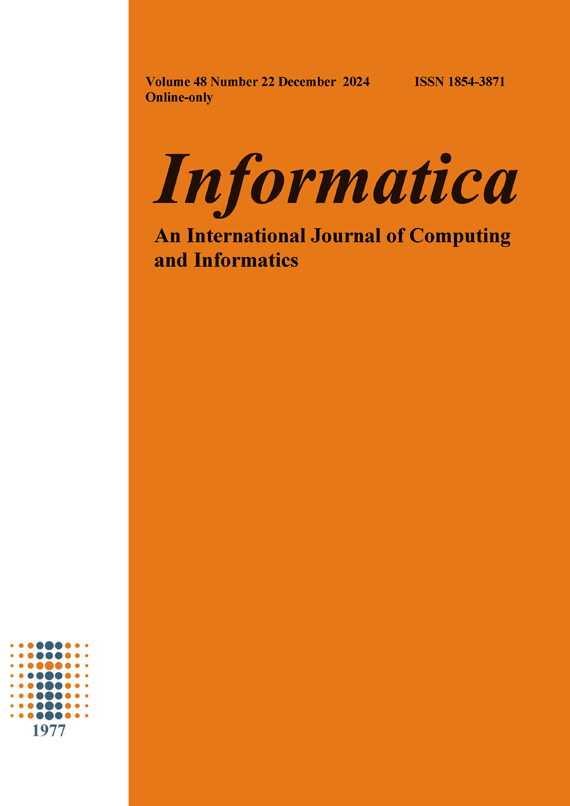Evaluation of Disease-Predictive Machine Learning Framework using Linear and Logistic Regression Analyses
DOI:
https://doi.org/10.31449/inf.v48i22.5582Abstract
Predicting diseases with revolutionary tools has recently been so significant in the domain of computer-assisted software for disease diagnosis, treatment and therapy management. Some of these life-threatening diseases could be challenged with early prediction and diagnoses thereby saving lives as well as healthcare cost. Unfortunately, among these diseases are those with more extreme challenges when it comes to diagnosing, as there are no specific tests to confirm the disease and many symptoms overlap with those of other neurodegenerative disorders such Parkinson’s diseases, essential tremor, a condition that causes involuntary and rhythmic shaking seen similar to Parkinson’s, such could also be traced to most forms of cancer diseases. Apparently, harnessing Artificial Intelligence to predicting diseases has been the recent focus in disease diagnosis and therapy management. Considering the fact that medics confirmed Artificial Intelligence to be a non-invasive, predictive, preventive and personalized medical technique, it has therefore been cited as an alternate approach to helping physicians making accurate diagnosis, more quickly. This study proposed a machine learning framework for predicting diseases. The study was evaluated using linear and logistic regression analyses. The framework was designed and implemented to function in multimodal capacities hence datasets of one of the most prevalent cancers, breast cancer, seen as the leading causes of mortality among women, were also used in the evaluation of the framework. Interestingly, logistic regression analysis recorded the best accuracy in all the experimentations conducted with seed 6 and approximately 92.021 of accuracy. Linear Regression algorithm was rated poor with low prediction of 67.293% with the seed of 7 whereas logistic regression recorded approximately 88.298% with the same number of seed. While more efforts would be required to ensuring a firm prediction of Parkinson’s Diseases through the proposed framework, with the few datasets of Parkinson’s diseases used in the study, the framework was able to detect the presence of Parkinson through status indication of ‘1’ or its absence with the status ‘0’ using logistic regression analysis. Significantly, the evaluation proves the framework resourceful, not only in multimodal capacities but also to an appreciable extent in predicting diseases.Downloads
Published
Issue
Section
License
I assign to Informatica, An International Journal of Computing and Informatics ("Journal") the copyright in the manuscript identified above and any additional material (figures, tables, illustrations, software or other information intended for publication) submitted as part of or as a supplement to the manuscript ("Paper") in all forms and media throughout the world, in all languages, for the full term of copyright, effective when and if the article is accepted for publication. This transfer includes the right to reproduce and/or to distribute the Paper to other journals or digital libraries in electronic and online forms and systems.
I understand that I retain the rights to use the pre-prints, off-prints, accepted manuscript and published journal Paper for personal use, scholarly purposes and internal institutional use.
In certain cases, I can ask for retaining the publishing rights of the Paper. The Journal can permit or deny the request for publishing rights, to which I fully agree.
I declare that the submitted Paper is original, has been written by the stated authors and has not been published elsewhere nor is currently being considered for publication by any other journal and will not be submitted for such review while under review by this Journal. The Paper contains no material that violates proprietary rights of any other person or entity. I have obtained written permission from copyright owners for any excerpts from copyrighted works that are included and have credited the sources in my article. I have informed the co-author(s) of the terms of this publishing agreement.
Copyright © Slovenian Society Informatika








